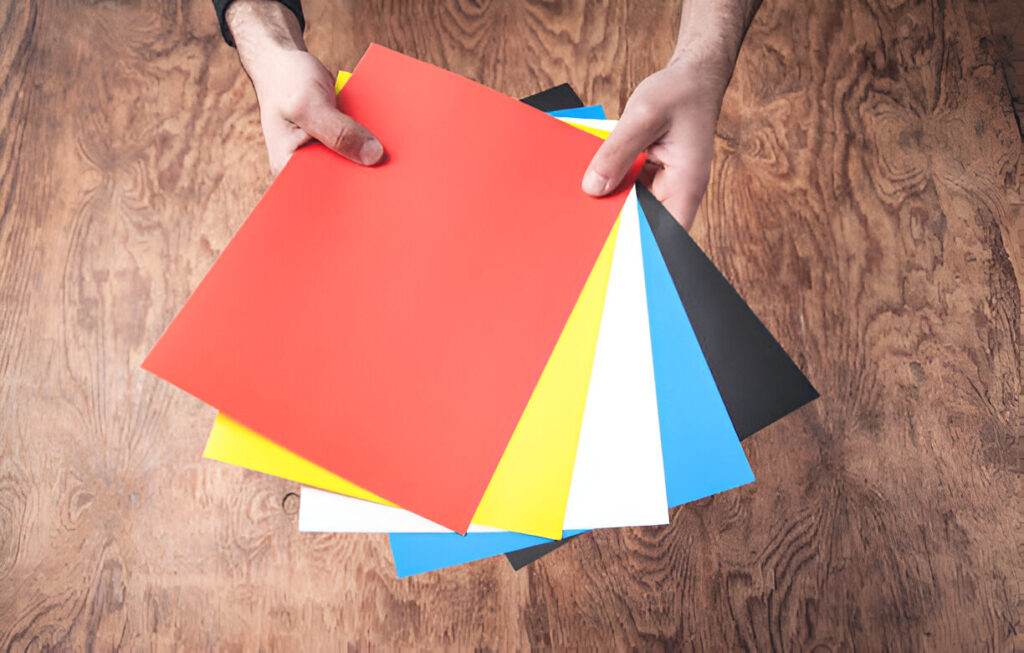Table of Contents
– Introduction
– Understanding Paper Types
– Glossy Paper
– Matte Paper
– Recycled Paper
– Decoding Paper Weight
– Exploring Paper Finishes
– UV Coating
– Aqueous Coating
– Varnish Finish
– Considering Environmental Impact
– Budget Considerations
– The Role of Design in Paper Choice
– Printing Techniques and Their Impact
– Real-World Applications
– Making the Final Decision
—
Introduction
Creating an effective flyer involves more than just eye-catching design and compelling copy. The choice of paper and finish plays a crucial role in how your flyer is perceived. With various options available, understanding the nuances of each can help you make an informed decision. Whether you’re printing with HelloPrint or another provider, selecting the right paper can elevate your marketing materials significantly.
Understanding Paper Types
Choosing the right paper type is essential as it affects both the look and feel of your flyers. Here are some popular options:
Glossy Paper
Glossy paper is coated to give a shiny finish, making colors appear more vibrant. It’s perfect for flyers that need to catch the eye quickly, such as those used for events or promotions. However, the reflective surface can make reading text more difficult in certain lighting conditions.
Matte Paper
Matte paper offers a non-reflective finish, providing a more sophisticated and subdued look. It’s ideal for flyers that require a lot of text or are intended for professional audiences. Matte paper also reduces glare, making it easier to read under various lighting conditions.
Recycled Paper
For environmentally conscious businesses, recycled paper is an excellent choice. It offers a unique texture and appearance that can enhance your brand’s eco-friendly image. While it may not have the same vibrancy as glossy paper, its sustainability appeal can be a significant draw for many consumers.
Decoding Paper Weight
Paper weight is another critical factor when choosing the right material for your flyers. It’s measured in GSM (grams per square meter), which indicates the thickness and durability of the paper. A higher GSM means a thicker, more durable paper. For flyers, a GSM between 170 to 300 is generally recommended, depending on how sturdy you want them to be.
Exploring Paper Finishes
The finish you choose can add an extra layer of sophistication to your flyers. Here are some popular finishes to consider:
UV Coating
UV coating involves applying a liquid coating that is then cured with ultraviolet light. This process gives your flyers an ultra-glossy finish that enhances colors and provides a protective layer against scratches and fingerprints.
Aqueous Coating
Aqueous coating is water-based and environmentally friendly. It offers a semi-gloss finish that protects against smudges and fingerprints while maintaining a more natural feel than UV coating.
Varnish Finish
A varnish finish can be applied in gloss, matte, or satin and provides a subtle sheen that enhances the tactile quality of your flyers. This option is less protective than UV or aqueous coatings but offers a unique aesthetic appeal.
Considering Environmental Impact
In today’s eco-conscious market, considering the environmental impact of your flyer materials is crucial. Opting for recycled paper or biodegradable coatings can significantly reduce your carbon footprint and appeal to environmentally aware consumers.
Budget Considerations
Your budget will inevitably influence your choice of paper and finish. While high-quality materials can enhance the appeal of your flyers, they also come at a higher cost. Balancing quality with affordability is key to maximizing the impact of your marketing materials without overspending.
The Role of Design in Paper Choice
The design of your flyer should guide your paper choice. Bright, colorful designs benefit from glossy finishes that enhance vibrancy, while text-heavy designs might be better suited to matte finishes that improve readability.
Printing Techniques and Their Impact
Different printing techniques can also affect the outcome of your flyers. Digital printing is cost-effective for small runs, while offset printing offers superior quality for larger quantities. Understanding how these techniques interact with various paper types and finishes will help you achieve the best results.
Real-World Applications
Consider how your flyers will be used in real-world scenarios. Will they be handed out at events, mailed, or displayed in-store? Each application may require different paper qualities to ensure durability and effectiveness.
Making the Final Decision
Choosing the right paper and finish for your flyers involves weighing multiple factors including appearance, durability, environmental impact, and cost. By understanding these elements, you can make informed decisions that align with your brand’s goals and values.
Embarking on this journey of selecting the perfect paper and finish can transform your flyers from mere promotional tools into impactful brand statements. In this ever-changing landscape of marketing materials, staying informed and adaptable ensures that your message not only reaches but resonates with your audience.


